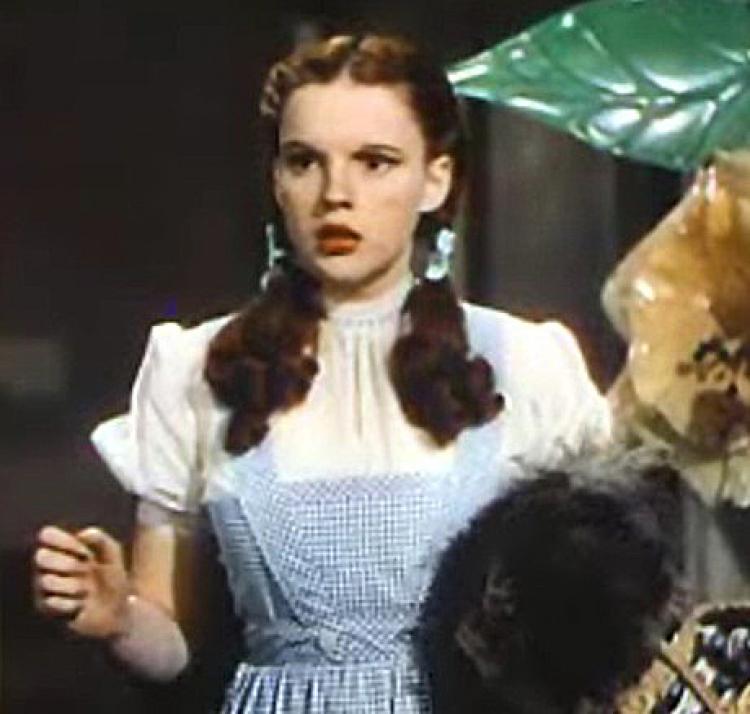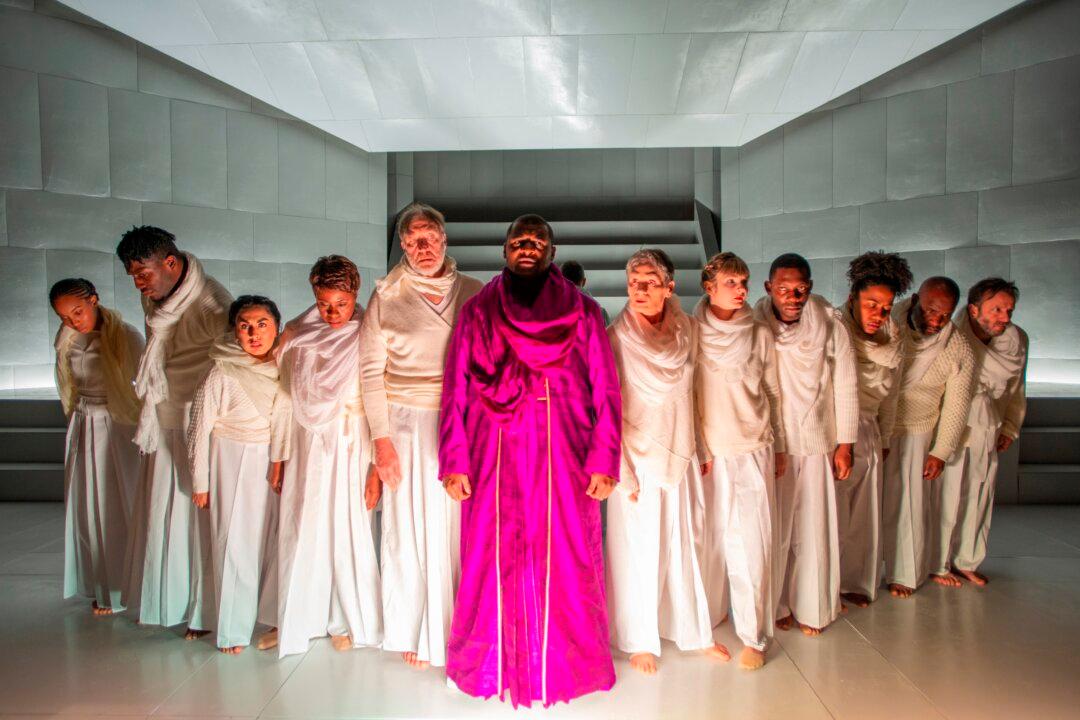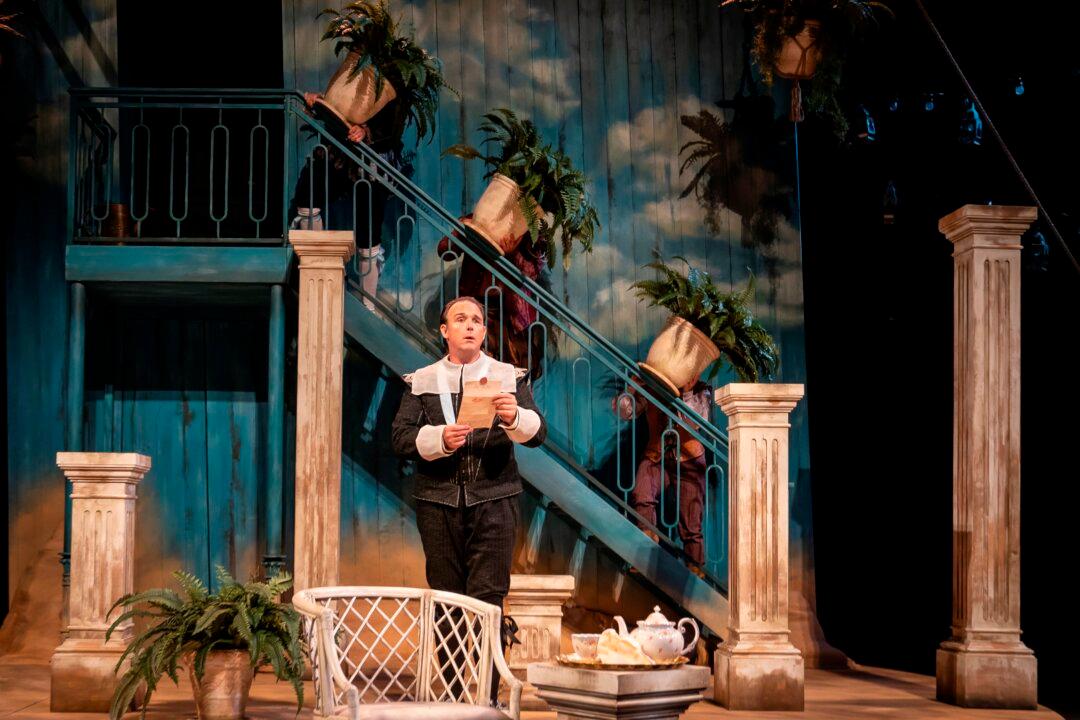Dorothy’s slippers were really silver and not red. It’s true, at least according to the original author’s story.
It would be hard to imagine a better-known book that is read less than L. Frank Baum’s The Wonderful Wizard of Oz. Thanks to the universally adored movie, the book that was first published in 1900 remains deeply ingrained in the American mind, despite the fact that the two differ substantially.
Children today will love the book for that very reason. It offers so many surprises. Dorothy and her beloved friends still encounter the kind-hearted yet deceiving wizard, still conquer the Wicked Witch of the West (but here she is one-eyed and totes an umbrella), but they have so many other adventures that the movie does not begin to tackle: Together they escape from the fierce Kalidah monsters, unintentionally frighten the dainty people made of china, gain the help of the Queen of the field mice, and get knocked around a bit by the pugnacious Quadlings.
In fact, in the book, the story of Dorothy killing the Wicked Witch of the West in order to get back home covers less than half of the book—understandable in a medium that must distill action in order to keep the film at a reasonable length.
Though understandably not as dramatically tight as the film, there may be more to be said for the book’s more amiable and relaxed pace. The meandering of the journey the four undertake is more in line with how a child understands the world. It takes a good many years of watching television and film for a child to understand and internalize the climactic structure of drama—and leaves children with less patience for details as they yearn for the plot to resolve.
Also, a novel, unlike a drama, doesn’t need one main protagonist pushing the action forward. Thus, while Dorothy is a very full character, she loses her starring role while we learn more about the Scarecrow, the Tin Woodsman, and the Lion. The Tin Woodsman’s story, explaining how he became a man of tin, is especially compelling and a complete fairy story all on its own.
As is clear in the movie, it is the Scarecrow who is brilliant and the Tin Woodsman who has heart. In the book, the Lion too proves his courage even more so than in the movie. Here they gain their rewards of becoming rulers over separate kingdoms, instead of jointly ruling Oz in the Wizard’s absence.
Different, too, is the film’s technique of anchoring Dorothy’s adventure to our world. She hits her head, blacks out, and dreams of a lovely world inhabited by psychological images of those she loves and hates. In the book, Dorothy truly visits Oz. Aunt Emily and Uncle do not have hired help.
This technique may help adults enjoy the film better, but it doesn’t help the child’s imagination.
Fortunately, Dorothy retains her virtues in the film version as originally intended (although, of course, she is much older). She does want to get home. She is still very much the good girl whose gifts are abundant: humility, kindness, loyalty, and a peck of open-mindedness.
It would be hard to imagine a better-known book that is read less than L. Frank Baum’s The Wonderful Wizard of Oz. Thanks to the universally adored movie, the book that was first published in 1900 remains deeply ingrained in the American mind, despite the fact that the two differ substantially.
Children today will love the book for that very reason. It offers so many surprises. Dorothy and her beloved friends still encounter the kind-hearted yet deceiving wizard, still conquer the Wicked Witch of the West (but here she is one-eyed and totes an umbrella), but they have so many other adventures that the movie does not begin to tackle: Together they escape from the fierce Kalidah monsters, unintentionally frighten the dainty people made of china, gain the help of the Queen of the field mice, and get knocked around a bit by the pugnacious Quadlings.
In fact, in the book, the story of Dorothy killing the Wicked Witch of the West in order to get back home covers less than half of the book—understandable in a medium that must distill action in order to keep the film at a reasonable length.
Though understandably not as dramatically tight as the film, there may be more to be said for the book’s more amiable and relaxed pace. The meandering of the journey the four undertake is more in line with how a child understands the world. It takes a good many years of watching television and film for a child to understand and internalize the climactic structure of drama—and leaves children with less patience for details as they yearn for the plot to resolve.
Also, a novel, unlike a drama, doesn’t need one main protagonist pushing the action forward. Thus, while Dorothy is a very full character, she loses her starring role while we learn more about the Scarecrow, the Tin Woodsman, and the Lion. The Tin Woodsman’s story, explaining how he became a man of tin, is especially compelling and a complete fairy story all on its own.
As is clear in the movie, it is the Scarecrow who is brilliant and the Tin Woodsman who has heart. In the book, the Lion too proves his courage even more so than in the movie. Here they gain their rewards of becoming rulers over separate kingdoms, instead of jointly ruling Oz in the Wizard’s absence.
Different, too, is the film’s technique of anchoring Dorothy’s adventure to our world. She hits her head, blacks out, and dreams of a lovely world inhabited by psychological images of those she loves and hates. In the book, Dorothy truly visits Oz. Aunt Emily and Uncle do not have hired help.
This technique may help adults enjoy the film better, but it doesn’t help the child’s imagination.
Fortunately, Dorothy retains her virtues in the film version as originally intended (although, of course, she is much older). She does want to get home. She is still very much the good girl whose gifts are abundant: humility, kindness, loyalty, and a peck of open-mindedness.







